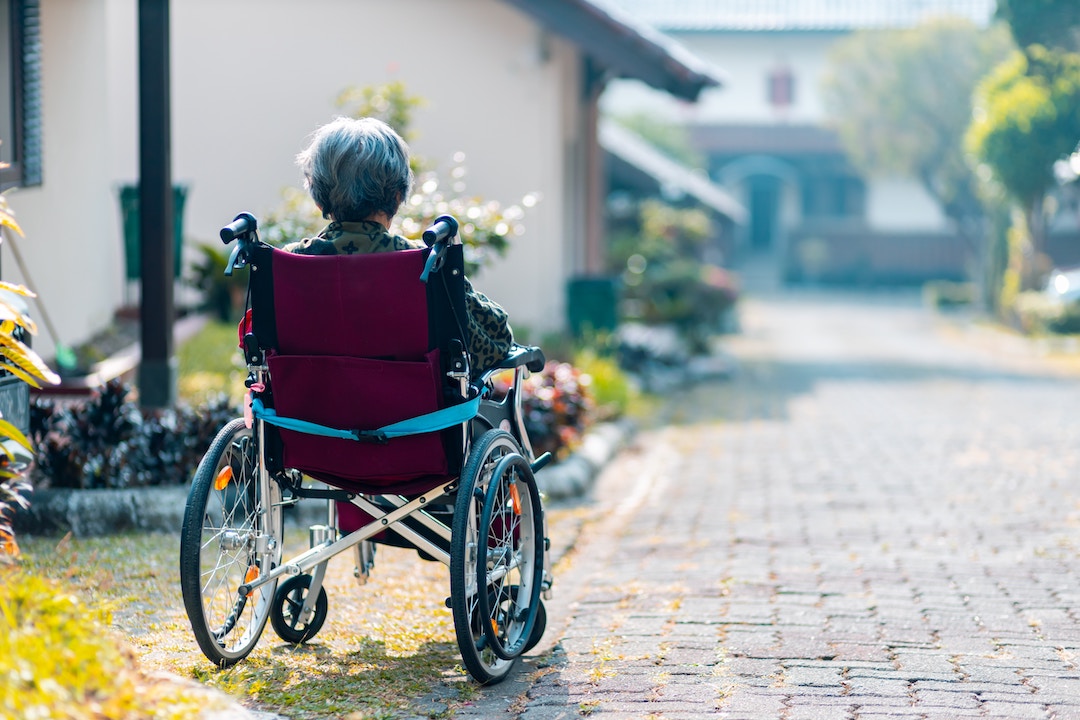The impact of social isolation and loneliness on populations of older adults and people with disabilities has received a great deal of attention in the news and from institutions in recent years.
Currently, one quarter of our aging population and one half of those living with physical and cognitive disabilities report living lives in unwanted isolation.
Many of the articles and reports produced have begun to clarify the important relationship between transportation access, social isolation, and health outcomes.
So as we come to better understand this “stealth epidemic” of social isolation and define ways to mitigate its impact, there is arguably no better way through which to grasp its import than by focusing on the crisis of senior and assistive transportation.
The Crisis of Isolation
As care professionals, industry experts, and family members, we have come to understand through our collective experience the intimate relationship between socialization and good health as we age and as our communities age.
Humans are indeed social creatures, and communities have traditionally grown to accommodate our need to socialize throughout all phases of life, dynamically shifting to meet the specific needs of those aging or less capable around us.
But as families continue the trend of living further from one another, and as technology increasingly silos our lives, the impact of isolation on healthy aging in our communities has become more significant among older adults and people with cognitive and physical disabilities.
According to a 2019 National Poll on Healthy Aging, more than a third of adults over the age of 50 report feeling a lack of companionship, 27 percent feel isolated in their day-to-day lives, and 28 percent reported having social interactions once a week or less.
For the average, able-bodied and socially active American, it can be hard to imagine the reality one experiences when they live in isolation. The challenges they face and the barriers they have to overcome to do the things most of us take for granted are ever-present as they go about their daily lives.
And when our lack of connection, physical and mental impairments, lack of access to transportation, and other such factors limit our ability to engage with the world around us, they limit, at a very fundamental level, our somatic potential to live the lives we deserve—to age with dignity and autonomy.
The Crisis of Transportation
For decades, senior and assistive transportation has been couched in the language of crisis. As far back as 1971, delegates to the White House Conference on Aging for that year were reaching some of the same conclusions we reach today, understanding not only the impact transportation has on our aging population but also the immediacy required to solve these problems:
“For many of the elderly, the lack of transportation itself is the problem…the lack of available services to places they want and need to reach, the design and service features of our transportation systems. To the extent the aged are denied transportation services they are denied full participation in meaningful community life.”
Nearly five decades later, in spite of all the technological, cultural, and political advances that would, on their surface, conspire to bring greater equity to seniors and people with disabilities, we still find ourselves in crisis mode, both in terms of isolation and providing suitable transportation to these vulnerable populations.
Those of us who work with older adults and people with disabilities know, both anecdotally and from recent studies highlighting Social Determinants of Health (SDOH), that healthy aging and access to transportation isn’t just about getting people to their medical appointments or to the pharmacy. It’s about going to the grocery, going to see the grandkids, going to the movies, etc.—all the things that make social creatures feel connected, inspired, and loved.
In August 2019, researchers at USC reported findings after they gave a cohort of 150 older adults unlimited access to rides for both medical and non-medical destinations for three months. Emphasizing both the importance of SDOH on healthy aging and, at the same time, shedding light on the immense blind spots of our current transportation options for older adults and people with disabilities, the study found that medical appointments accounted for only 12 percent of destinations. The remaining 88 percent of rides were used for entertainment, errands, attending fitness classes, and social outings. Quality of life improvements were nearly universal among the group.
What this study shows us, we effectively already knew. The desires we feel in youth and middle age, to feed both our physical and emotional selves, do not magically disappear when we start getting mail from AARP.
In fact, the relationship between factors contributing to our mental health and our physical health and the role that transportation plays in fulfilling those only becomes more inextricable as we age.
Why OPTIMISM is the Word of the Day
Luckily for current and future generations aging toward retirement, companies like Wellzesta and others implementing innovative technologies are harnessing their intelligence and creativity to bring people closer together and provide meaningful care and attention when and where we need it the most.
The Wellzesta Life app gives residents at senior living communities mobile access to community announcements, a digital directory, event and meal information, transportation booking, and wellness resources that encourage holistic wellbeing. These users (average age 84) report increased social connection, both within their communities and with friends and family around the world.
So in light of the fact that social isolation figures continue to rise, there is room for optimism in the growth of new technologies, the emergence of new care methodologies, and in the measurable fact that this “stealth crisis” is rousing the public consciousness in ways we never thought possible only a decade ago.
Expect in the months and years to come that, with greater energy and capital applied to solving the problem of isolation and access to transportation, the fortunes of these individuals, their families, and communities will begin to change.
Contact Wellzesta to learn how we're changing the conversation on social isolation and for more on our wellness-focused solutions.
David Sax is the Phoenix, Arizona-based founder and chief strategist at Age Advantage Consulting, providing strategic business and marketing insight to age-friendly businesses. He is working on a venture designed to help older adults and people with disabilities access assistive transportation resources. For more information, contact him at david@ageadvantage.consulting.





